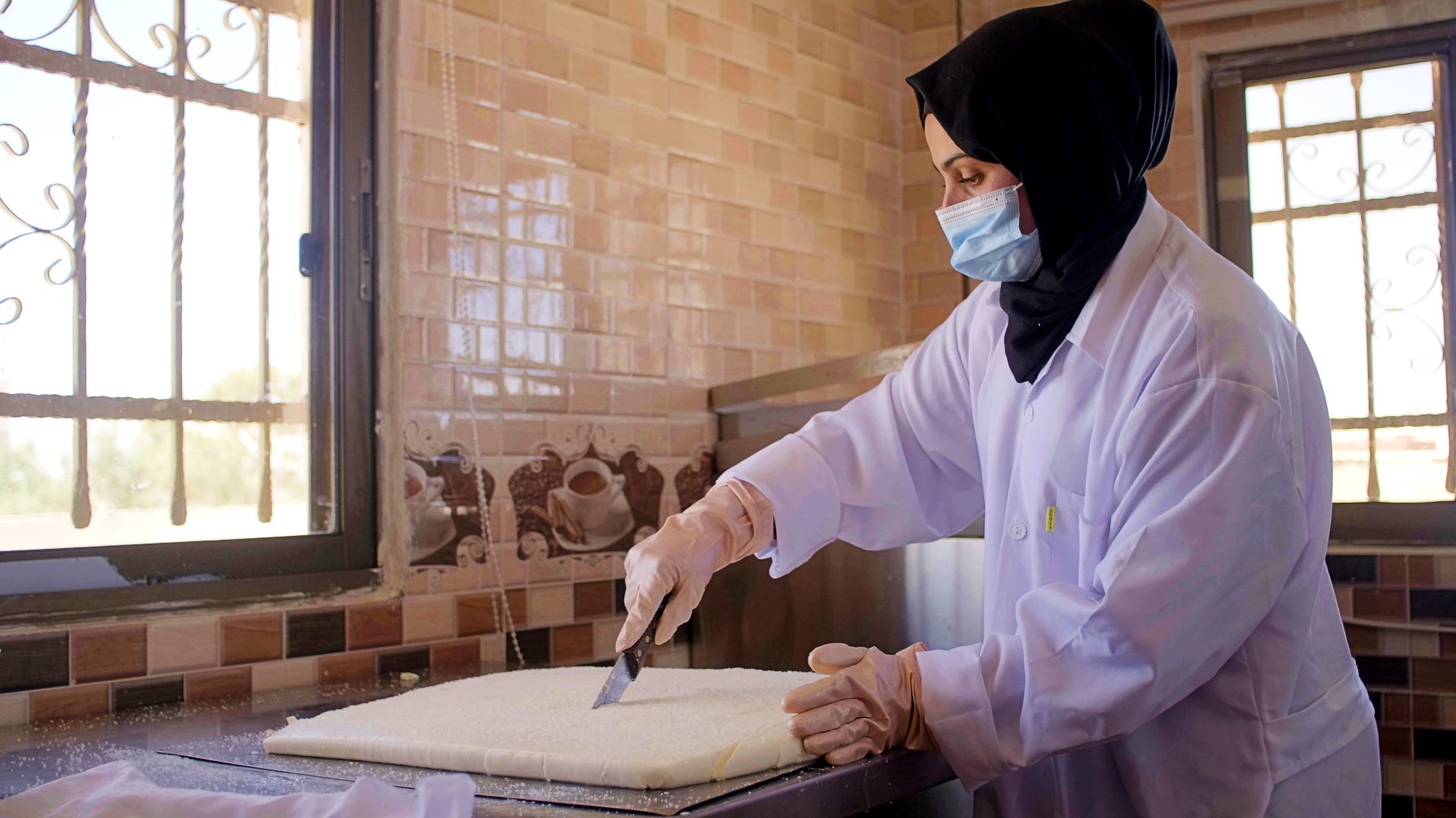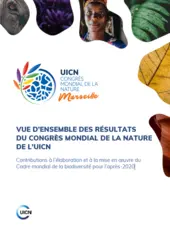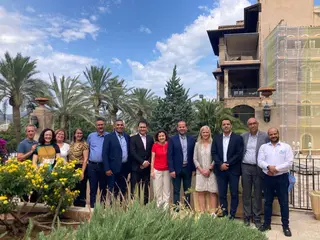IUCN designed the first phase of the project to develop a strategic community and environmental action plan for sustainable investment in the area through community involvement to overcome environmental pollution, strengthen biodiversity resilience, and empower local communities by providing the community with the platform to voice their local issues. The strategy assessed the natural, social and economic resources, and identified the attainable long-term solutions appropriate to the local context.
Focusing on the importance of engaging the community, a Local Committee comprised of members from the local community and representative from other sectors was established, the committee role is to voice the community's needs and demands while representing them in decisions making on priorities for future projects that best serve the community and environmental sustainable development. To further assist and support the local committee, a team of experts in the field of sustainable development were assembled to form a technical Committee, aiding in data collection and evaluation, to help community's representatives make informed decisions for the implementation stage in the second phase.
The foundation for creating a sustainable and comprehensive development plane was creating process that builds on utilizing measurable and known facts, thus, Baseline Studies were conducted using community participatory approach in addition to using experts and they include:
Rapid participatory analysis (RPA) using local members who were previously trained on impartial and inclusive information gathering, Outcomes of the (RPA) were validated by the local committee and were used in building a comprehensive Situation Analysis and Socioeconomic Analysis.
(GIS) mapping covering the areas to identify the projects target areas and affected communities, furthermore, conducting Civil Society Organizations Mapping and Capacity Assessment. Collective information and outcomes from studies conducted during the first phase in addition to reviewing the national related strategies, regulations, studies and surveys and with referring to international guidelines and reports, poured in producing Community Environmental Strategy and Action Plane focusing on controlling pollution and strengthening the local community, as a result, three top priorities were identified to become pilot interventions:
Establishing a Nursery to propagate native pastoral seedling chosen to withstand the harsh environmental condition of drought and salinity. Seedling will be used among local community households; they will be used for ecosystem restoration and for municipality landscaping as well as providing employment opportunities to community members with focus on including women and youth,
Establishing a veterinary clinic and agriculture extension unit serving an area characterized by having a high number of livestock, the unite serves AL Khashafyah, Al Baida, and Al Manakher , woth almost 70,000 livestock and 120 farmers.
Establishing environmental monitoring program and conducting pollution emissions analysis measuring 8 pollution indicator which includes SOx, NOx, TSP, PM10, PM2.5, CO2,Dioxin and H2S, using a highly efficient mobile lab carried the test in three locations, Al Manakher , Khashafyah and the plant site.
The second phase aims at improving adaptation to climate change, controlling environmental pollution and enhancing standards of living for affected communities by strengthening the sustainable management of natural resources. To achieve this, IUCN adapted community engagement and participatory approach in implementing nature base solutions, proposed activities were developed through successive workshops and meeting with stakeholders and local community.
After holding multiple meetings where the local committee and the technical committee discussed priorities and basing on community environmental strategy and action plane decided to implement the following projects:
- Establishing multi functional green building
- Providing solar panel units for community members
- Establishing educational environmental school gardens
Targeting women and youth participation in sustainable development, Community Based Associations (CBO) were established that tend to their role in project implementation, The CBOs implements income generating / nature- based projects invested in environmental conservation and sustainable management of natural resources.
The selected projects focused on sustainable use of natural recourse with in the area, such as traditional food production, providing needed training and qualification on food production, safety and hygiene, in addition to food packaging and marketing. Other projects include, poultry breeding, home gardening, cultivation and packaging of medicinal and aromatic plants, also used in natural soap production project. To ensure sustainability and the continuo of innovation the CBOs will work on opening communications and marketing opportunities and work on further equipping participants with vocational training through governmental, national and international NGOs and other entities to ensure sustainability.
- Funded by: The AES Levant Holding BV Jordan
- Implemented by: IUCN (ROWA)





